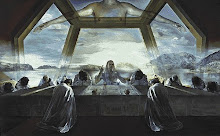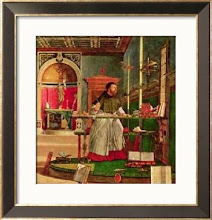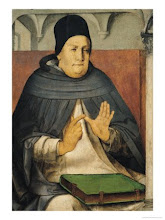During week 1 of the course we thought about why we wanted to explore religions. We answered such questions as: Why is there suffering in the world? What happens after death? What does God look like? What do I believe?
We also learned about various mythologies. Among these were the Greek and Roman, the chief deities and roles thereof were used to establish a paradigm to view the pantheons of various cultures. these cultures were the Norse, Celtic, Slavic, Egyptian, Mesopotamian, Canaanite, Hindu, Chinese, and Japanese. There were a number of difficulties in establishing this paradigm, chief among them the variety of roles played by deities from the nonclassical world that were not played by those of the classical. The purpose was to illustrate the contrast between the polytheistic worldview and monotheistic, as well as illuistrate the reason of certain "inconsistencies" in sacred literature that can be accounted for the many roles, or many facets of the monotheistic deity.
The Canaanite pantheon is of particular interest in transitioning from polytheism to monotheism. The Bible mentions several of the Canaanite deities such as Baal and Moloch, and many students are already familiar with their roles.
The textbook we're using for the course is "The World's Religions" by Huston Smith. It does not really cover the introductory mythological, animistic, and shamanistic unit particularly well, but that is not a problem. It does cover the future units very well, and along with supplementary information and texts it will do nicely.
The Science of Religion; The Religion of Science
Read this doc on Scribd: RICHARD DAWKINS - Religion of Science
Subscribe to:
Post Comments (Atom)




























No comments:
Post a Comment